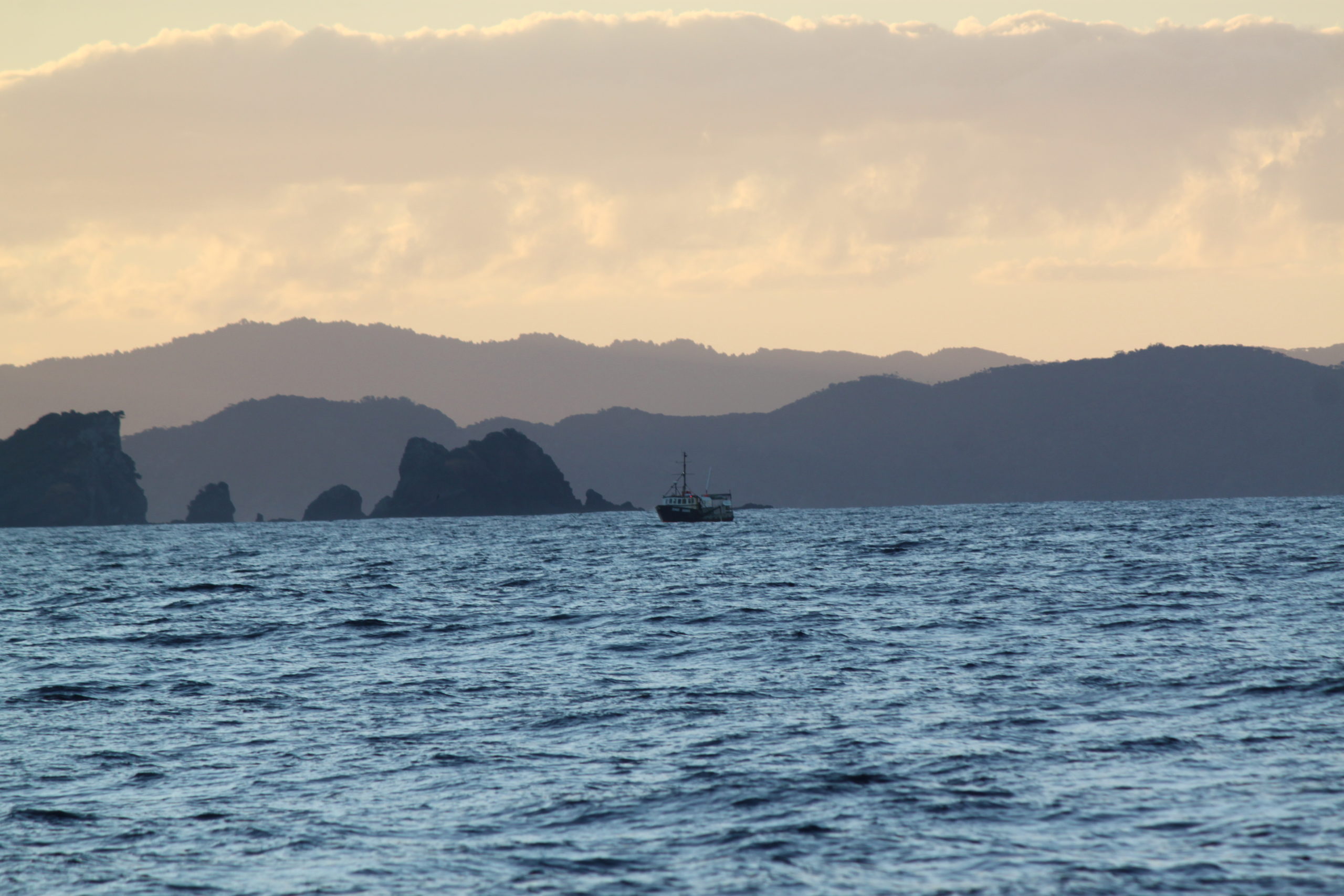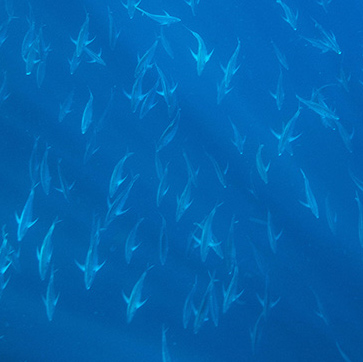B50 means a more resilient ocean through more fish and increased biodiversity. More fish in the water means fish stocks have well-balanced age structures in their populations and a more productive marine ecosystem that can support other creatures such as marine mammals, seabirds, and sharks.
In measuring fish population size for a fish stock, Fisheries New Zealand works around a framework called maximum sustainable yield. Maximum sustainable yield is the supposed maximum level that fish can be exploited sustainably without long-term depletion.
They use management targets based on initial biomass levels based on perceived productivity of the fish stock to reach Bmsy (‘B’ as in ‘initial biomass’, and ‘msy’ as in ‘maximum sustainable yield’).
Their default management target for a low productivity fish stock is B40, which is where they think a fish stock size should be for a sustainable fishery (Ministry of Fisheries, 2011).
This is not even half of unfished biomass, and is not a sustainable target to have for an abundant fish population.
It is important for New Zealand to adopt B50 as B40 is too low a minimum for any fish population size to be, let alone to be able to fish.
In addition to this, New Zealand uses two limit reference points – A default soft limit of B20, where a formal rebuilding plan is required to be actioned, and a default hard limit of B10 below which fisheries closures should be considered (Punt et al, 2013).
These limits where Ministry of Primary Industries is supposed to take action are also extremely low, and by the time a fish stock drops to B20, it is difficult to recover the stock.
Alongside adopting B50, we need to adopt new soft and hard limits too. With proper fisheries management, B40 as a soft limit, and B20 as a hard limit are realistic parameters to work within.


